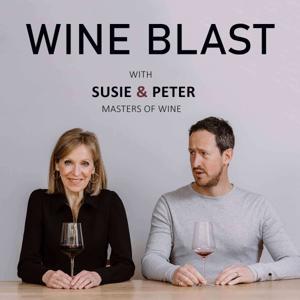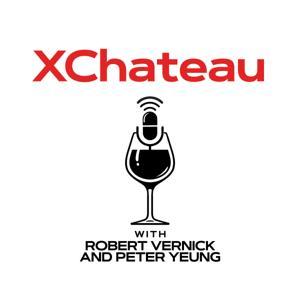Why is smell, often called the Cinderella sense, so underrated in our culture, especially when many luxury products, such as wine, spirits and perfume, are based on it? Even though dogs have more than twice the number of scent receptors than humans, why are we better at detecting wine aromas? What might surprise you about how we perceive the senses of taste and smell? Why is the sense of smell so evocative compared to other senses?
In this episode of the Unreserved Wine Talk podcast, I'm chatting with Johannes Frasnelli, a physician and a professor focused on the sense of smell.
You can find the wines we discussed at https://www.nataliemaclean.com/winepicks
Highlights
What were some of the most memorable smells from Johannes' childhood?
How did Johannes first become fascinated with the subject of smell and the science behind it?
What were the most surprising things Johannes discovered about our sense of smell in his research so far?
What might surprise you about how we perceive the senses of taste and smell?
Why is the sense of smell often undervalued compared to other senses like sight?
How does the process of smell work?
What's the connection between the trigeminal nerve and wine tasting?
What's the difference between taste and flavor, and how do they work together?
How does our sense of smell compare to animals like dogs?
Do men and women perceive smells differently?
Why is the sense of smell so evocative compared to other senses?
How can expectations and language influence our smell perception?
Do wine aroma kits help to improve our ability to smell and taste wine?
What positive changes occur in the brains of master sommeliers?
How does our emotional state influence our ability to perceive scents?
Do humans have pheromones, and how can our body odours influence each other?
Is there a difference in how our brains process wine aromas compared to synthetic scents?
How is olfactory marketing used by certain brands to improve their customer experience?
What is the role of retronasal olfaction in wine tasting and flavour perception?
What is synesthesia, and how does it relate to perception in wine tasting?
What are the main factors that influence the recovery of the sense of smell?
Which areas of olfactory research are Johannes most excited about?
Who would Johannes love to share a bottle of wine with?
Key Takeaways
Johannes explains that there's a myth about us not having as good a sense of smell as other animals, but this has its roots in the 19th century, when Darwinian ideas emerged. Suddenly, we were just another animal and not this creation of God. So different players, including the Catholic Church. It's these senses that are very developed for us as humans such as sight versus smell.
In the context of wine, Johannes says, humans are particularly sensitive, and this may be an evolutionary advantage. Our ancestors became much more sensitive to these odors than carnivores that didn't eat fruit. So while we have fewer smell receptors, we have a better performing brain to interpret and apply the information.
The regions of the brain responsible for olfactory processing belong to the limbic system, which is also responsible for other functions such as emotions, memory, learning, and reward. So when we smell something, we also stimulate our memories, emotions, desire for rewards, etc.
About Johannes Frasnelli
After being trained as a physician at University of Vienna, Austria, Johannes Frasnelli was a visiting scientist in research labs in Dresden, Germany, in Philadelphia, PA, in Stockholm, Sweden, and in Bozen, Italy. He is currently a professor for human anatomy at the University of Quebec at Trois-Rivières (UQTR), while also being a regular researcher at the Research Center of the Sacré-Coeur Hospital of Montreal. His research focuses on the physiology, the psychology and the pathology of the sense of smell.
To learn more, visit https://www.nataliemaclean.com/podcast.




































